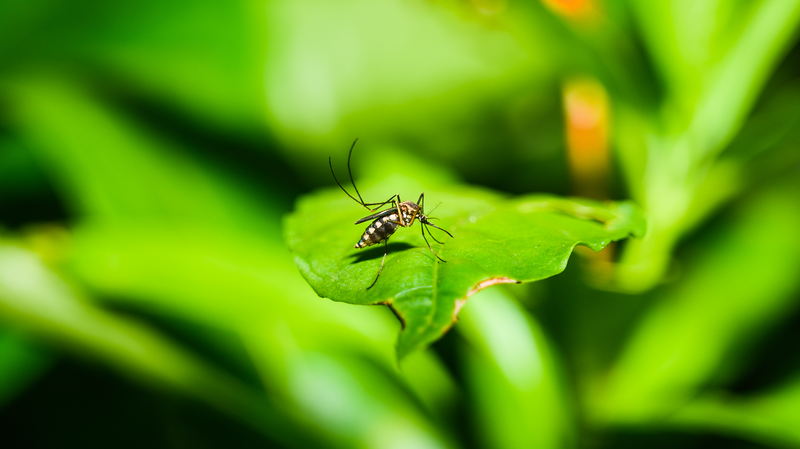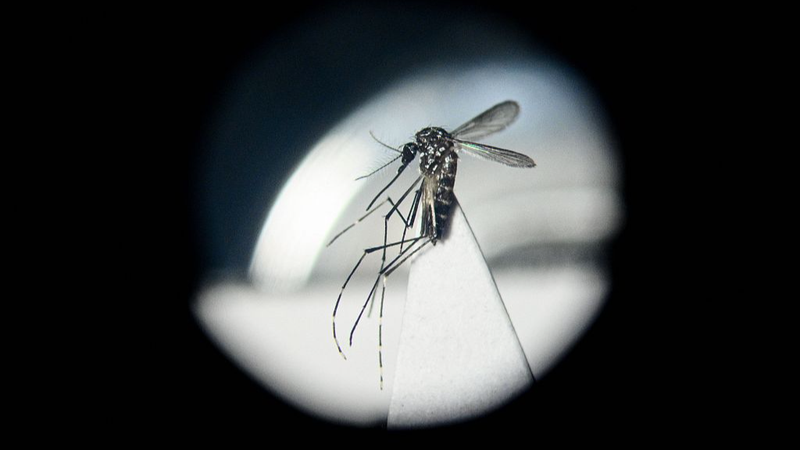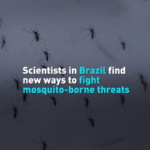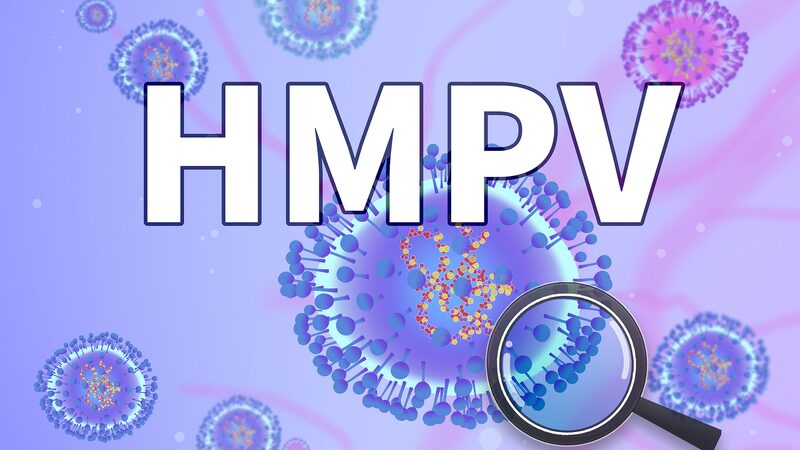The World Health Organization (WHO) has raised alarms as the chikungunya virus rapidly expands its reach, with 119 countries now confirming cases. Over 5.5 million people globally face infection risks, according to China Media Group, as health systems brace for mounting pressure.
Transmitted by Aedes mosquitoes, the virus causes debilitating symptoms including high fever, severe joint pain, and chronic fatigue. Approximately 40% of patients report long-term mobility issues lasting months or years. While fatalities remain rare, severe cases can prove life-threatening.
Data from mid-July 2025 reveals the Americas as the current epicenter, with Brazil reporting 185,553 cases—accounting for over 90% of regional infections. Bolivia, Argentina, and Peru follow with thousands of combined cases, per the European Centre for Disease Prevention and Control.
"This mirrors the 2004-2005 outbreak pattern," said WHO medical officer Diana Rojas Alvarez, referencing the earlier epidemic that infected 500,000 people across island territories before going global.
The latest surge began in early 2025, hitting Indian Ocean islands like La Réunion—where one-third of residents contracted the virus—before spreading to mainland Africa and Southeast Asia. India now faces active epidemic transmission alongside emerging cases in Madagascar and East Africa.
While two traveler-focused vaccines exist, WHO emphasizes preventive measures like mosquito control and public education. The organization is coordinating global lab networks, healthcare training programs, and surveillance systems while forming a new advisory group to streamline containment strategies.
Reference(s):
cgtn.com








